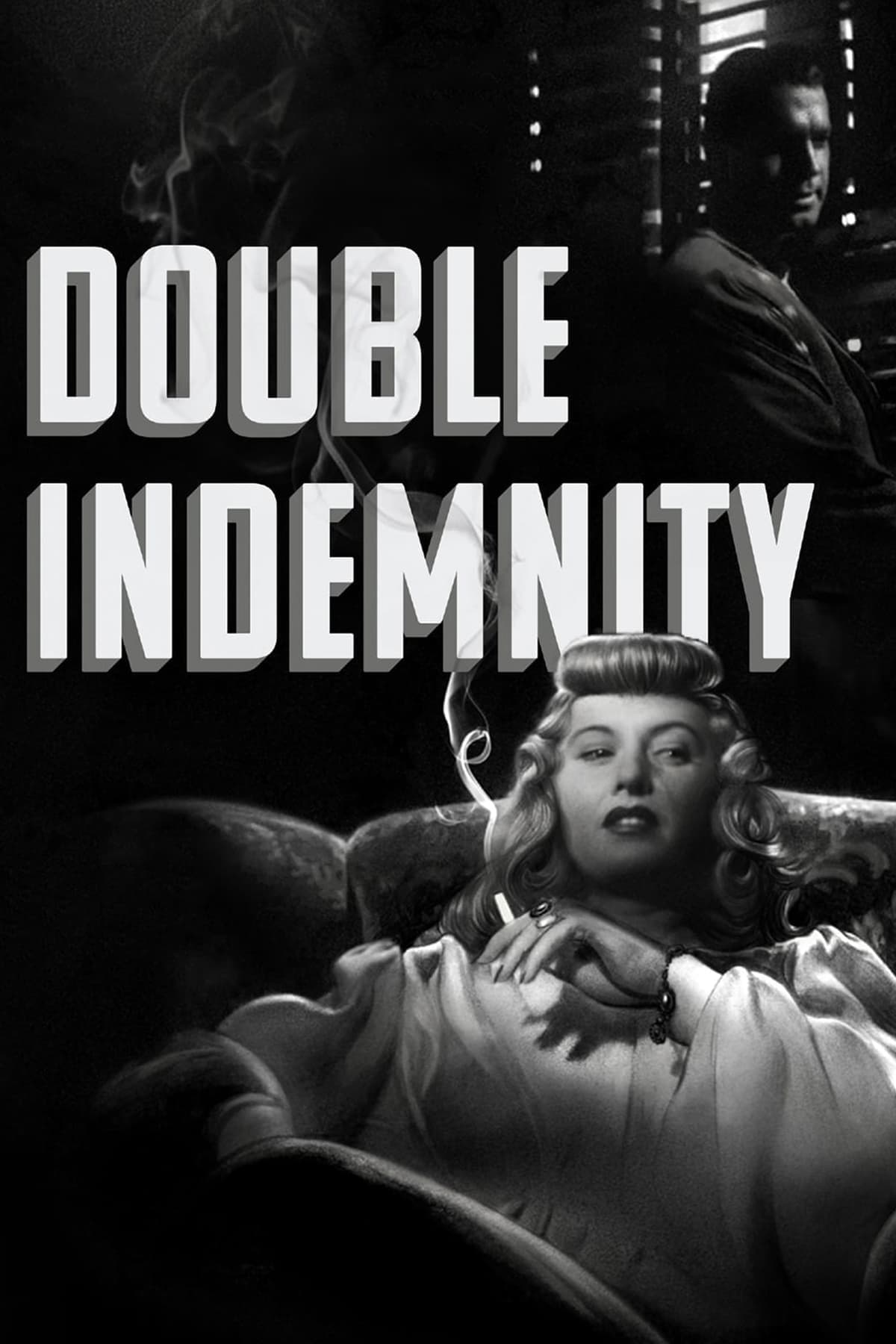
Double Indemnity
1944
Rate this movie
Average: 5.00 / 5
(1 votes)
Director
Setting aside the horrible title given to it by Italian distribution – a generic, almost didactic "The Flame of Sin" which flattens its subtlety – we are talking, alongside Howard Hawks' "The Big Sleep," about the finest film noir in cinema history. The original "Double Indemnity," an insurance clause that doubles the payout in the event of accidental death under specific circumstances, is in itself an omen, a narrative spring, and, above all, a symbol of that quest for the highest stakes that drives the protagonists, delineating from the outset a horizon of greedy perversion and macabre calculation.
And it is almost paradigmatic that it was directed by that great master of comedy, Billy Wilder, and scripted by that revered writer, Raymond Chandler. This seemingly strange union was in fact an incendiary spark. Wilder, with his unparalleled ability to dissect human hypocrisies and baseness through a sharp scalpel of sarcasm and cynicism – qualities already evident in his darker comedies or later works, such as the bitter Sunset Boulevard – found in noir fertile ground to explore the moral decay of man. His direction is precise, relentless, capable of transforming every shadow, every corner of the set into a piece of the characters' descent into hell. Chandler, on the other hand, brought the weight and gravity of his hard-boiled prose, the dryness of dialogue, the psychological insight, and the intrinsic disillusionment of his literary world. Their collaboration was notoriously tempestuous – it is said there were daily sparks and clashes in the writing process – but from this friction emerged a screenplay of almost mathematical compactness and elegance, a true masterpiece of structure and sharp dialogue.
The work could be condensed precisely into these two aspects: a great director and a great writer who conceived and forged an authentic masterpiece, taking as a starting point a novel certainly not sublime, like James M. Cain’s "The Postman Always Rings Twice" (or "Death Pays Double" as it was translated into Italian). Cain's text was powerful in its core of perversion and desire, but it was a rawer base; Wilder and Chandler distilled it, purified it, adding layers of moral ambiguity, palpable erotic tension, and palpable despair that elevate it beyond a simple chronicle of a crime. Their rewriting is not a mere transposition, but a reinterpretation that shaped the noir genre itself, defining many of its most enduring tropes.
The story is that of a drab insurance agent, Walter Neff, portrayed with a perfect blend of seduced naivety and creeping opportunism by Fred MacMurray, who falls desperately in love with a dark and fatal woman, Phyllis Dietrichson, becoming her lover. Neff is not a born criminal, but an ordinary man, a representative of American bourgeois drabness, whose fall is all the more terrifying for being gradual and inexorable. The man will be so swayed by the woman's icy sensuality and ruthless manipulation – Barbara Stanwyck with a cheap blonde wig, sharp nails, and a sneer that is already a manifesto of evil – that he will plot the murder of her husband, after taking out a policy on his life that provides double indemnity in case of death under rare circumstances (hence the original title "Double Indemnity"). The plan, seemingly perfect in its diabolical logic, is imbued with an arrogance that precedes the fall.
And, as often happens in classical tragedies disguised as pulp fiction, something in the pair's diabolical plan will irrevocably go wrong. The film unfolds in a claustrophobic spiral of suspicion and paranoia, with shadows lengthening not only on the walls of houses but also on the characters' souls. Barbara Stanwyck's magnificent portrayal of the Dark Lady is a chapter unto itself: her Phyllis is not simply evil; she is a figure of magnetic repulsion, a woman who embodies the corruption of beauty and the deceit of passion. With her husky voice and penetrating eyes, Stanwyck creates an icon of the noir femme fatale, an archetype that will be emulated but never surpassed. She is not a lover mad with passion, but a strategist of others' desires, a flesh-and-blood puppet master.
"Double Indemnity" is a dark work, gloomy, obsessed with the night and its gleaming boundaries, where the artificial light of streetlamps and neon signs cuts through the darkness with an almost physical anguish. John F. Seitz's cinematography is an ode to chiaroscuro, with the famous Venetian blinds casting strips of shadow on faces and environments, creating visual cages that imprison the characters even before the plot thickens around them. Every shot is saturated with an atmosphere of inescapable fatalism, reflecting the protagonists' state of mind, trapped in the consequences of their sinful choices.
Finally, memorable are the scenes of the protagonist at the dictaphone as, in a very long and gripping flashback, he recounts the entire affair, confessing his crimes to his office chief, Barton Keyes, portrayed with Edward G. Robinson's usual depth and an unexpected humanity. This narrative structure, typical of noir – think of Wilder's own Sunset Boulevard or Detour – is not a mere stylistic device, but an essential component of the tragedy. We know from the outset of death and failure, but it is the "how" that keeps us glued, it is the moral descent, the process of the soul's corruption that is revealed. Neff's cynical and disillusioned voice-over creates an almost Brechtian distance, allowing us to observe his fall with a sense of inescapable foreboding, transforming the confession into an act of self-analysis and condemnation.
A pillar of the Seventh Art to be revered and studied in depth, whose influence still permeates cinema today, not only genre cinema. A manual of screenwriting, directing, acting, and, above all, of desperate humanity, which continues to shine with its dark, inextinguishable flame.
Country
Gallery
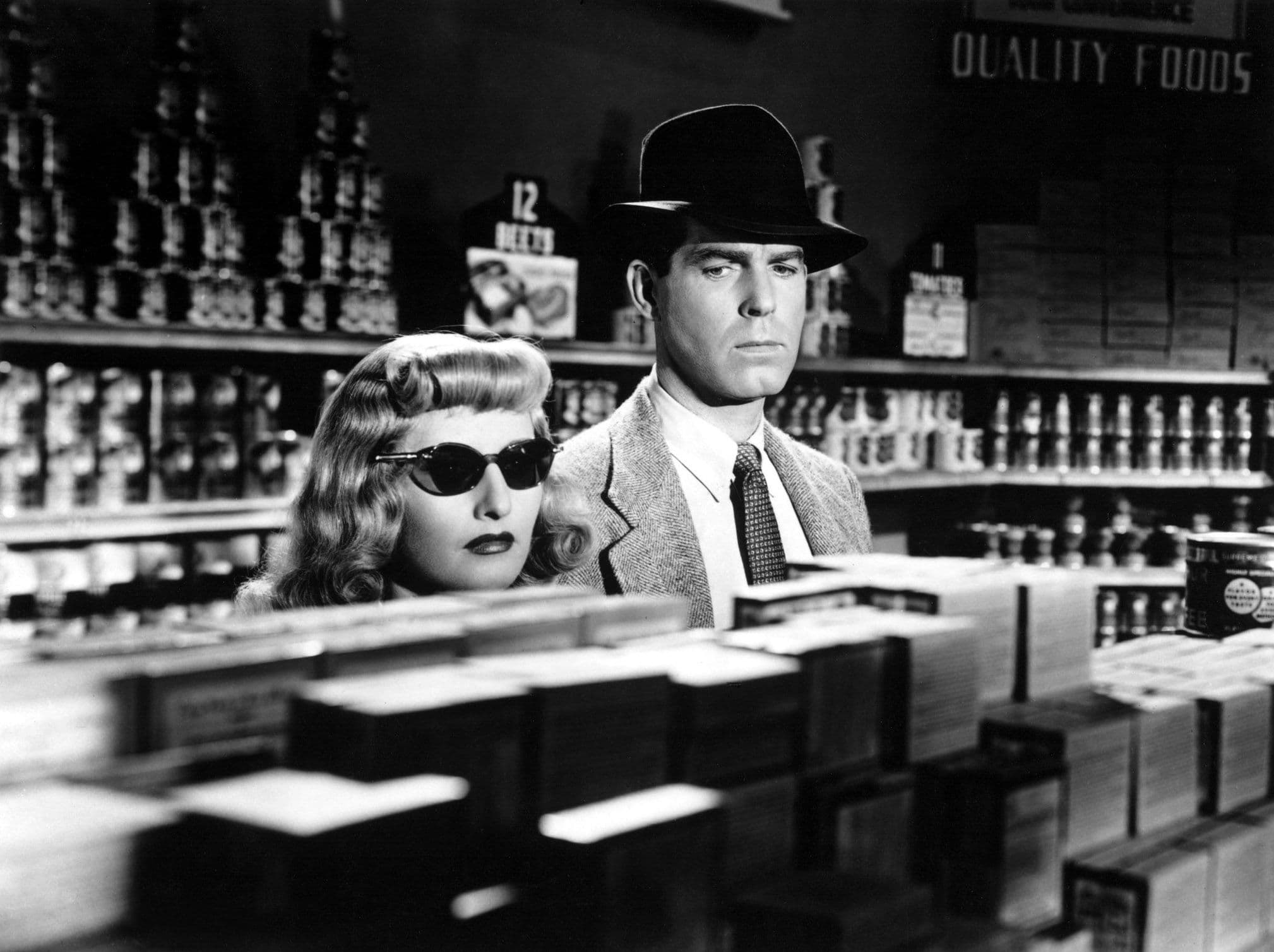

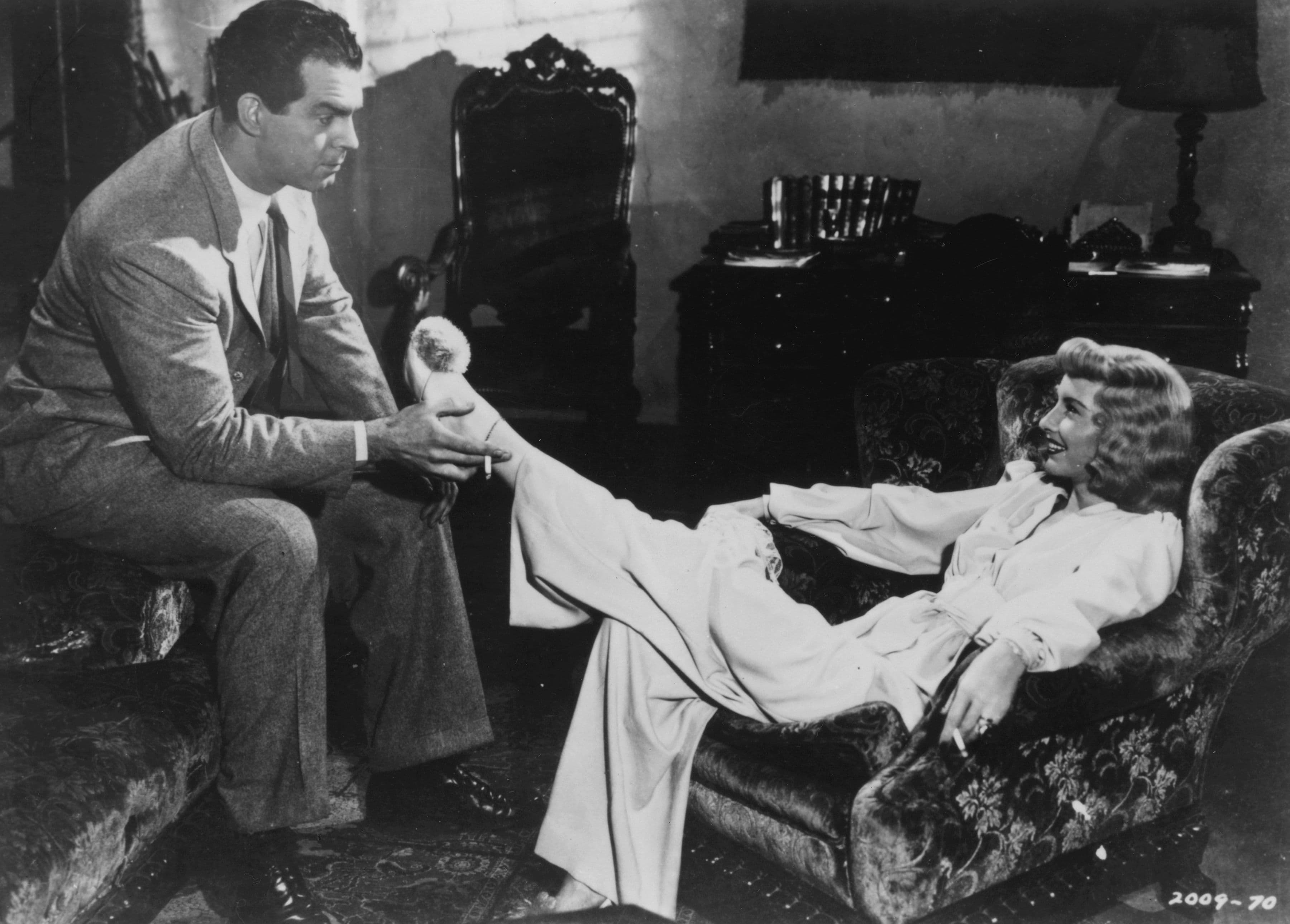

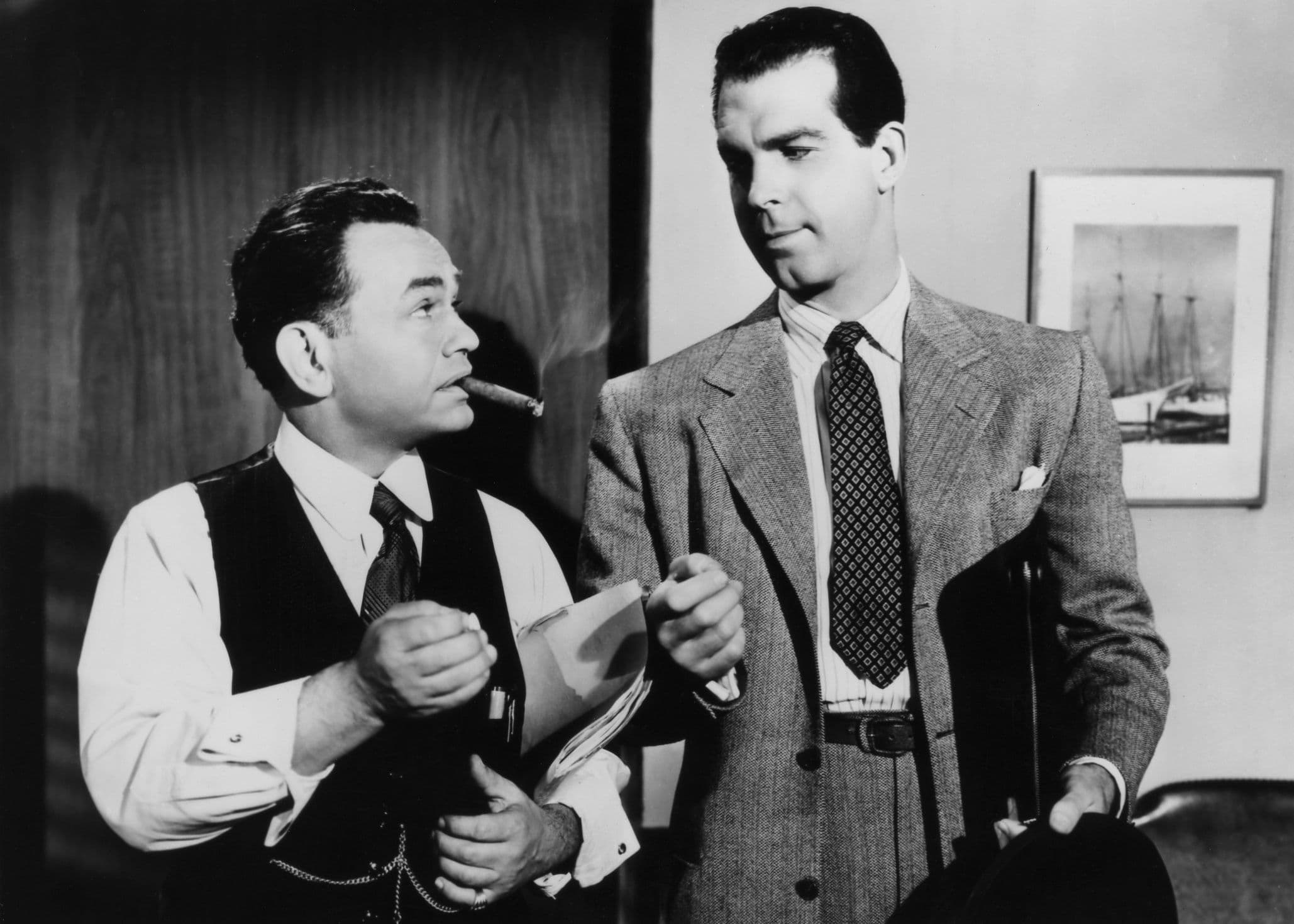
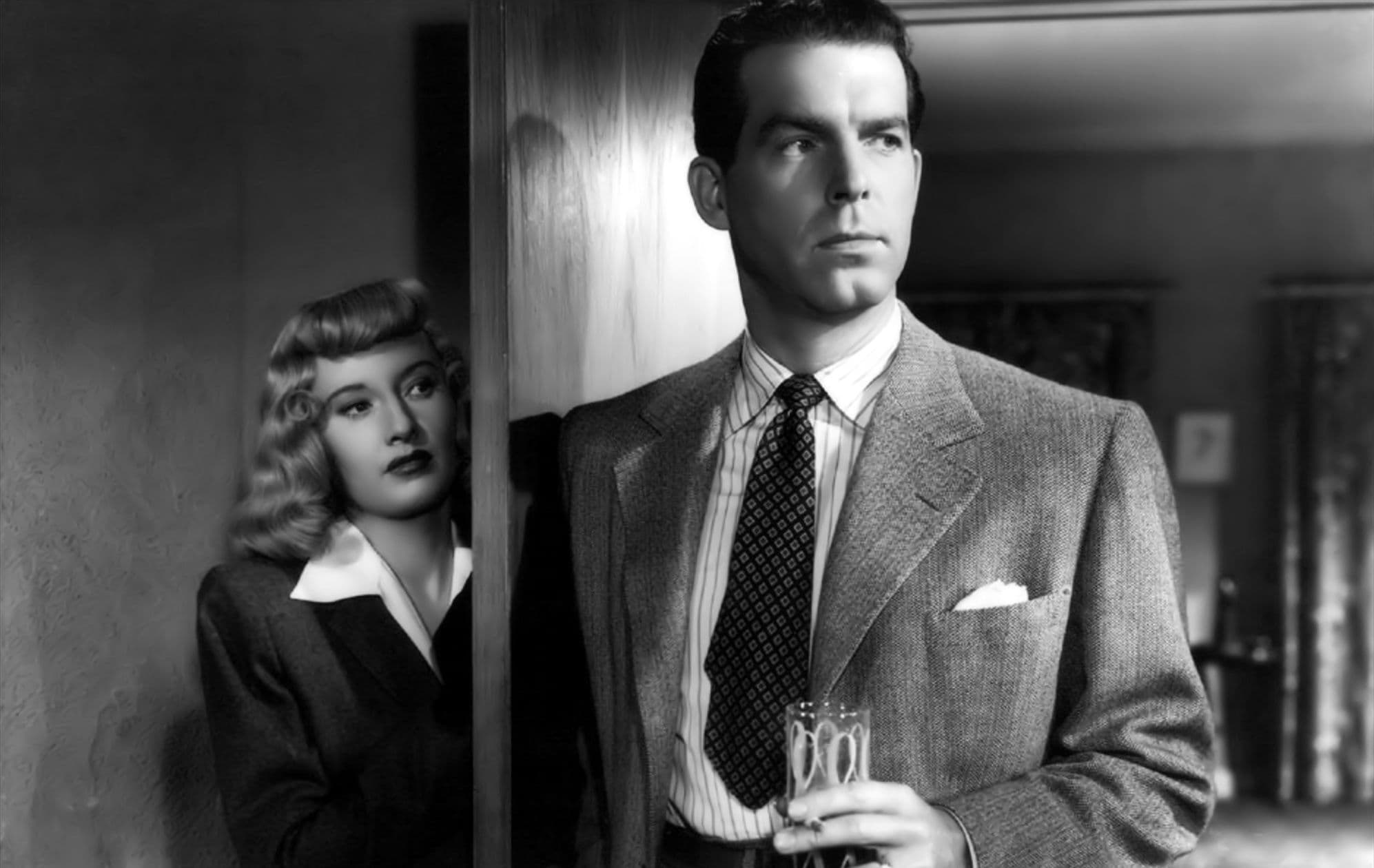
Featured Videos
Official Trailer
Memorable Scene
Comments
Loading comments...